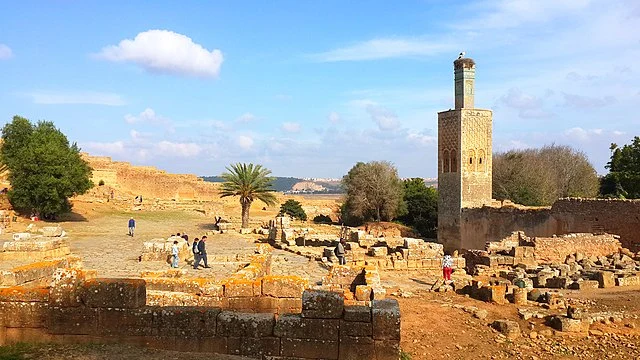Chellah, also known as Sala Colonia in antiquity, is an ancient archaeological site located in Rabat, Morocco. It has a rich history, serving as a significant urban center for several civilizations over the millennia. The site holds remnants from the Phoenician, Roman, and Islamic periods, offering valuable insights into the region’s historical evolution.
Get your dose of History via Email
Early History: Phoenician and Roman Periods
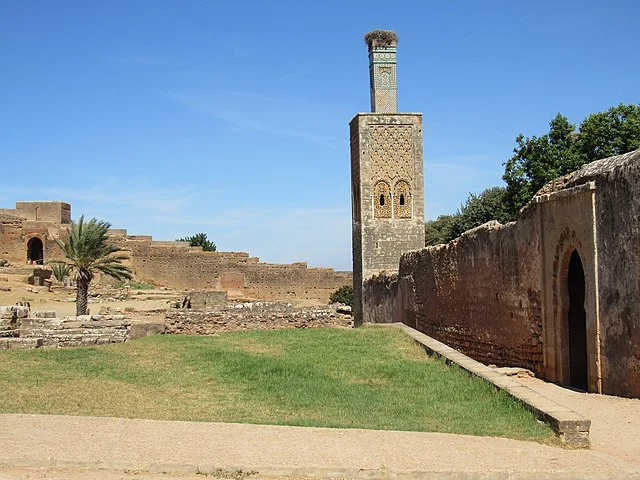
The history of Chellah dates back to the Phoenicians, who established trading posts along the North African coast. By the 3rd century BC, it had become a part of the Carthaginian Empire, serving as a strategic outpost.
Chellah’s significance increased during the Roman period. In 40 AD, Emperor Claudius annexed Mauretania, and Chellah became part of the Roman province of Mauretania Tingitana. The Romans built a fortified town here, known as Sala Colonia. The town was a key military post and commercial hub, thanks to its location near the Bou Regreg River, which provided access to the Atlantic Ocean.
Archaeological excavations have uncovered various Roman structures at Chellah, including a forum, baths, and a triumphal arch. The Romans left a lasting impact on the site, evidenced by the Latin inscriptions and architectural remains found throughout the area.
The Decline of Roman Influence
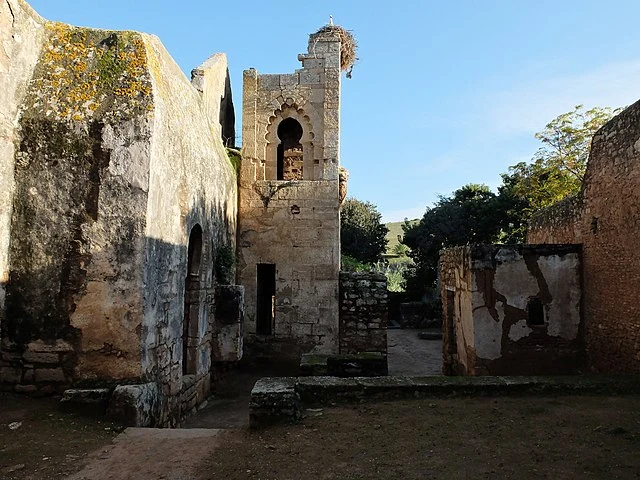
By the 3rd century AD, the Roman Empire began to weaken. Sala Colonia, like many other Roman towns in North Africa, experienced a decline. The collapse of Roman authority in the region led to the abandonment of the site by the 5th century AD.
As Roman influence waned, the area fell under the control of various Berber tribes. These tribes continued to use the site, but it never regained its former prominence as a Roman settlement.
Islamic Period: The Foundation of Chellah
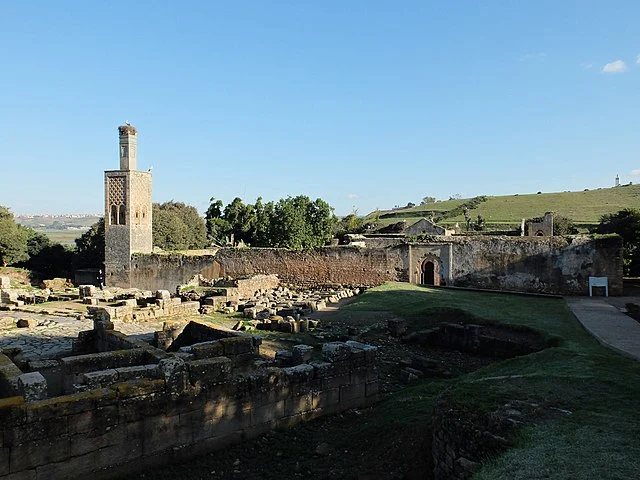
Chellah saw a resurgence in importance during the Islamic period. In the 10th century AD, the Almoravid dynasty established control over the region, and Chellah became part of the growing Islamic world.
However, it was under the Marinid dynasty in the 13th and 14th centuries AD that Chellah truly flourished as an Islamic site. Sultan Abu Yusuf Yaqub al-Mansur began transforming the ancient Roman ruins into a royal necropolis. The Marinids constructed a mosque, a minaret, and a series of tombs for the royal family, integrating the site into the Islamic tradition.
The Marinid sultans viewed Chellah as a sacred space, and it became a prominent burial site for the dynasty. The combination of Roman ruins and Islamic architecture gives Chellah its unique character, showcasing the layers of history embedded within the site.
Chellah in the Modern Era
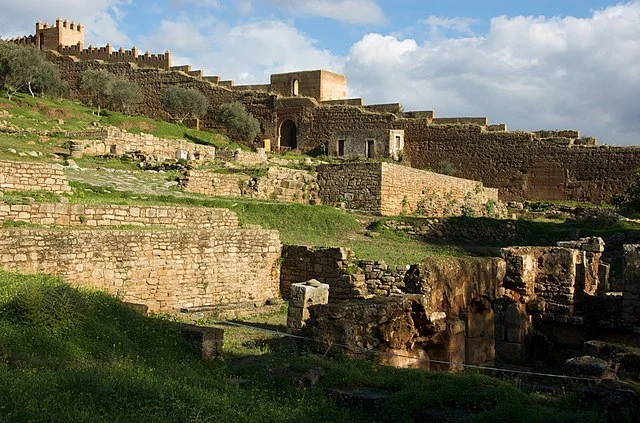
Chellah remained a significant site until the 16th century AD when the Saadian dynasty shifted Morocco’s political and religious centers elsewhere. Over time, Chellah fell into disrepair, and nature began to reclaim the site. Earthquakes and neglect led to the deterioration of many structures.
In the 20th century, French colonial authorities recognized Chellah’s historical value and began restoration efforts. Archaeologists conducted extensive excavations, revealing the site’s rich past and preserving its remains for future generations.
Today, Chellah is a UNESCO World Heritage site, recognized for its historical and cultural significance. It attracts scholars, archaeologists, and tourists who come to explore its ancient ruins and gain insight into Morocco’s diverse history.
Conclusion
Chellah is a testament to the historical complexity of Morocco, reflecting the influences of Phoenician traders, Roman colonists, and Islamic dynasties. The site serves as a valuable window into the past, offering insights into the civilizations that once thrived in North Africa. Its preservation ensures that future generations can continue to study and appreciate the layers of history that define Chellah.
Source:

